45 Years of Studio D’Artisan
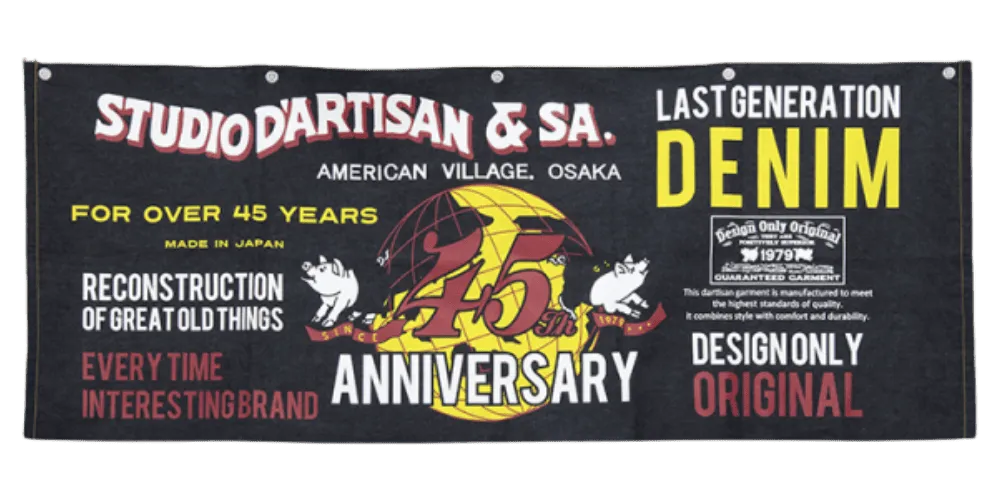
Osaka 5
Shigeharu Tagaki founded Studio D’Artisan in 1979 and the company went on to be the first (and now oldest) of the legendary ‘Osaka 5’ - producers of unwashed selvedge denim garments, proudly made in Japan 🇯🇵
❝ Tagaki-san was involved in designing in Europe, so he came back here and wanted to combine the goodness of European design and quality with the high level of craftsmanship and attention to detail that he knew Japanese artisans were capable of ❞
- Yuji Tamanaha
French Connection
According to an interview by Japanalogue with Yuji Tamanaha in 2020, the sales manager at Studio D’Artisan at the time, Shigeharu Tagaki wasn’t actually the boss, it was his wife Sayako. She was the owner and they worked as a couple.
There’s very little historical info around Tagaki, his wife or Studio D’Artisan in general but what is known is that Tagaki was a designer learning his trade in France, he was inspired by French workwear and especially by the American jeans craze of 1960’s and early 70’s Japan.
With the arrival of the mass produced, poor quality jeans of the 1980’s, Tagaki-san and SDA started producing it’s own denim on vintage Toyada G-3 shuttle looms.
The company’s flagship model the ‘DO-1’ was the first raw selvedge jean produced in Japan setting a precedent which is still revered today. SDA is one of the leaders of the Japanese denim world, and it has a legitimate claim to be one of the founding fathers of Japanese “American Casual”.
SDA were the first to use dead stock hardware imported from the U.S and the first to perfect ”Hank Dyeing” -
a dyeing technique that involves repeatedly dipping lengths of thread or yarn into a dye vat to achieve the desired color.
It's one of the oldest yarn dyeing methods and is often done by hand.
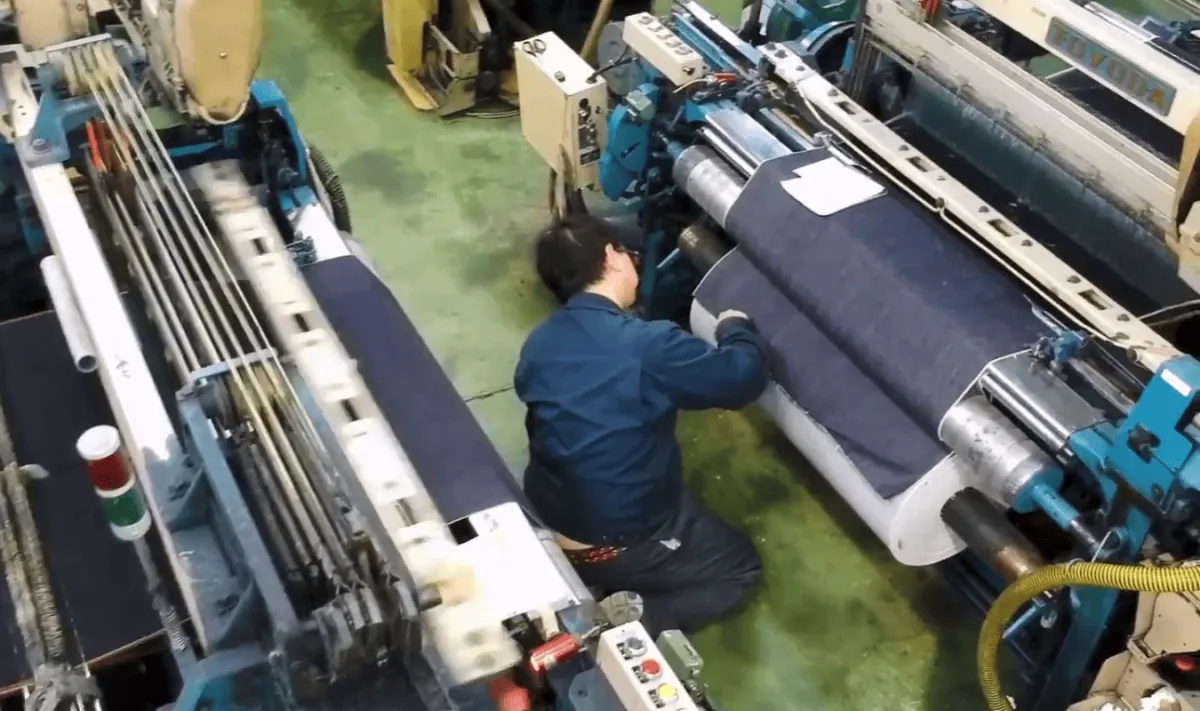
Vintage Toyoda G3 shuttle looms weaving selvedge denim. The G3 is the only machine that still weaves the same workwear-like
denim that had a unique rough surface, yarn evenness and ruggedness as what it did half a century ago
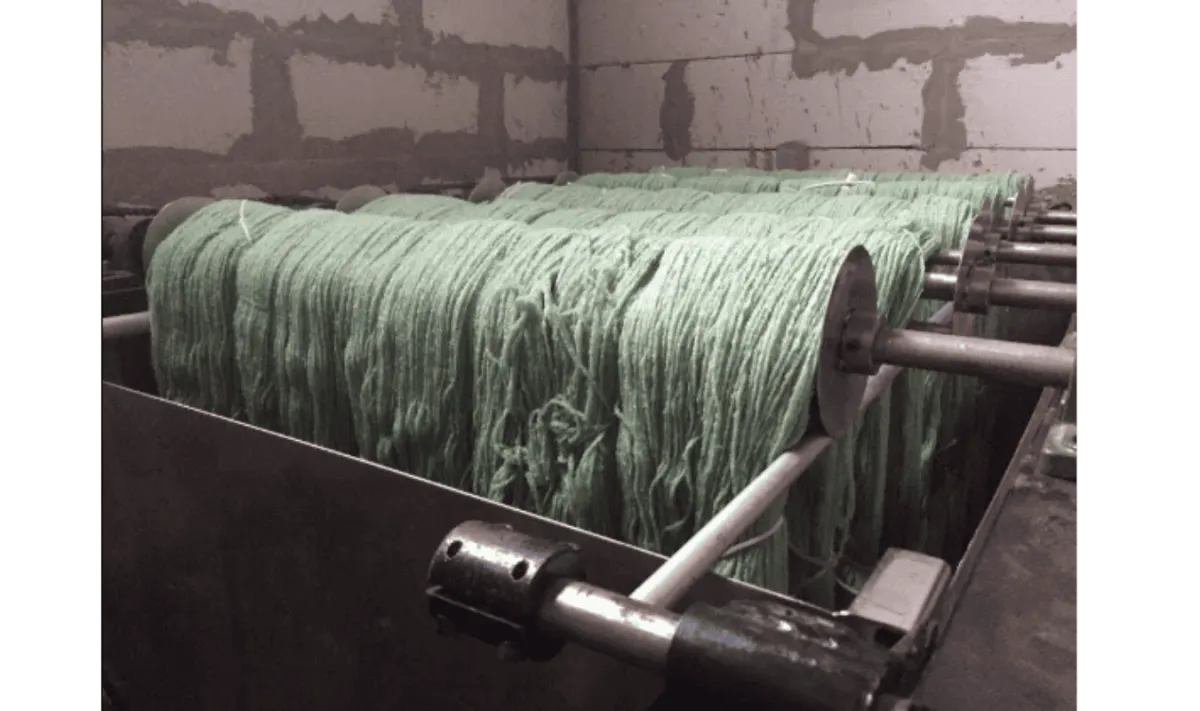
The process of ’Hank Dyeing’ where the cotton yarn is repeatedly dipped into the indigo dye.
Although Tagaki left SDA in 1995, the company has continued to produce the highest quality Japanese selvedge denim, sometimes experimenting with different fabrics and always incorporating a light-hearted element to their designs - Their classic jeans patch has two pigs (instead of horses) tied to and pulling a pair of jeans in opposite directions, a homage to Levis Strauss patch design - Although the specifics about the brand’s “two-pigged” logo are difficult to find, it represents the playful nature of Studio D’Artisan’s identity.
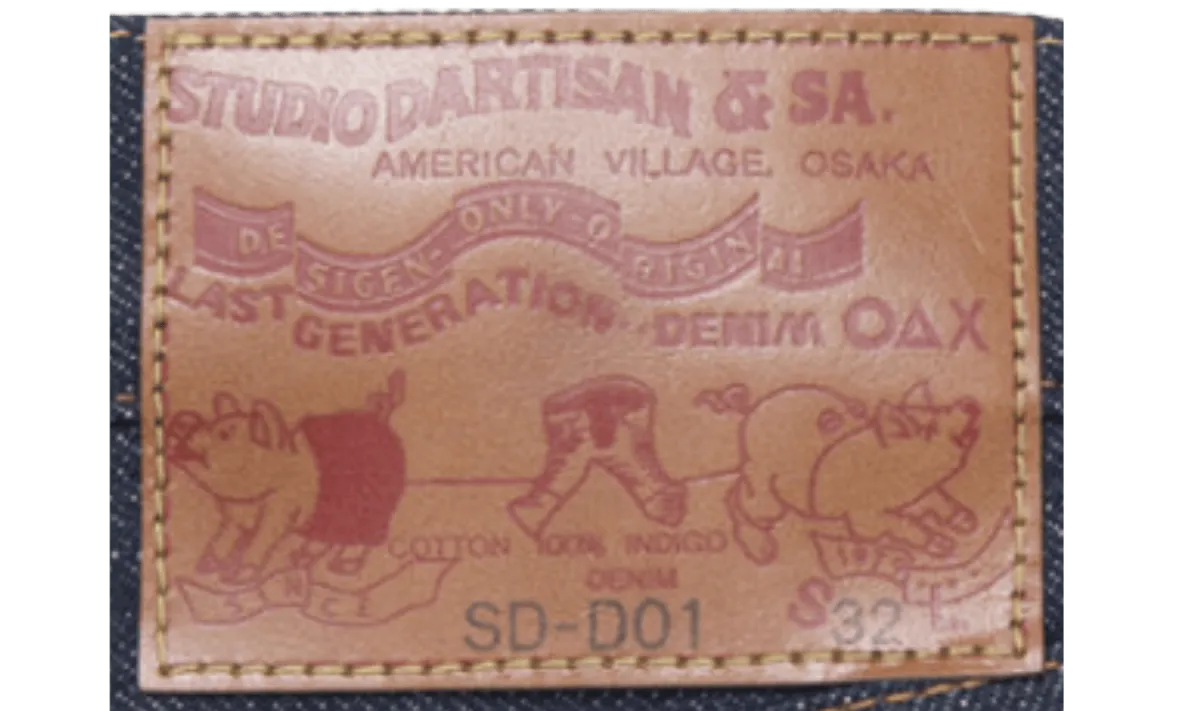
SDA Famous DO-1 Jeans Patch
Celebrating it’s 45th anniversary in 2024 represents the brands longevity and dedication in the denim community but also as a testament to their commitment, quality and innovation in a competitive market for over 4 decades.
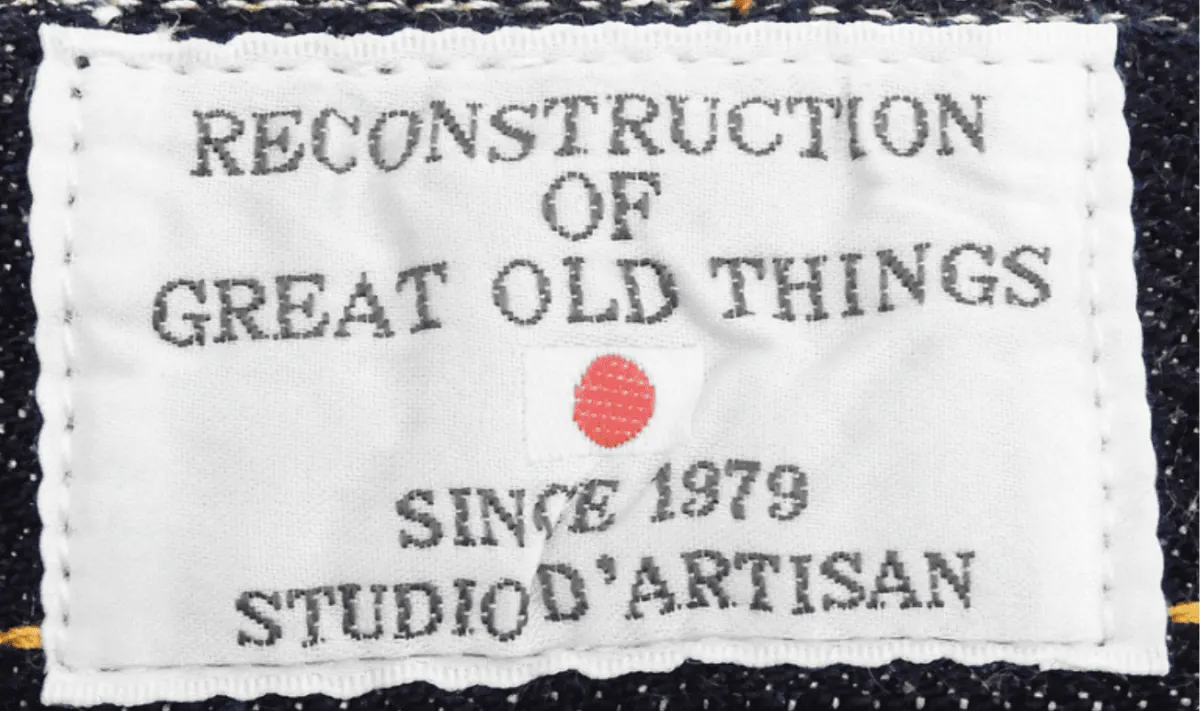
45th Anniversary
Studio D’Artisan commemorated it’s 45th anniversary in 2024 by releasing a range of limited edition clothing.
One of the highlights of the range was a re-release of it’s first ever jeans model, the DO-1 in the original yarn. In this iteration however the width of the loom the denim was produced on was narrowed to 20cm x 38cm allowing for each leg of the jeans to have a Triple Selvedge seam.
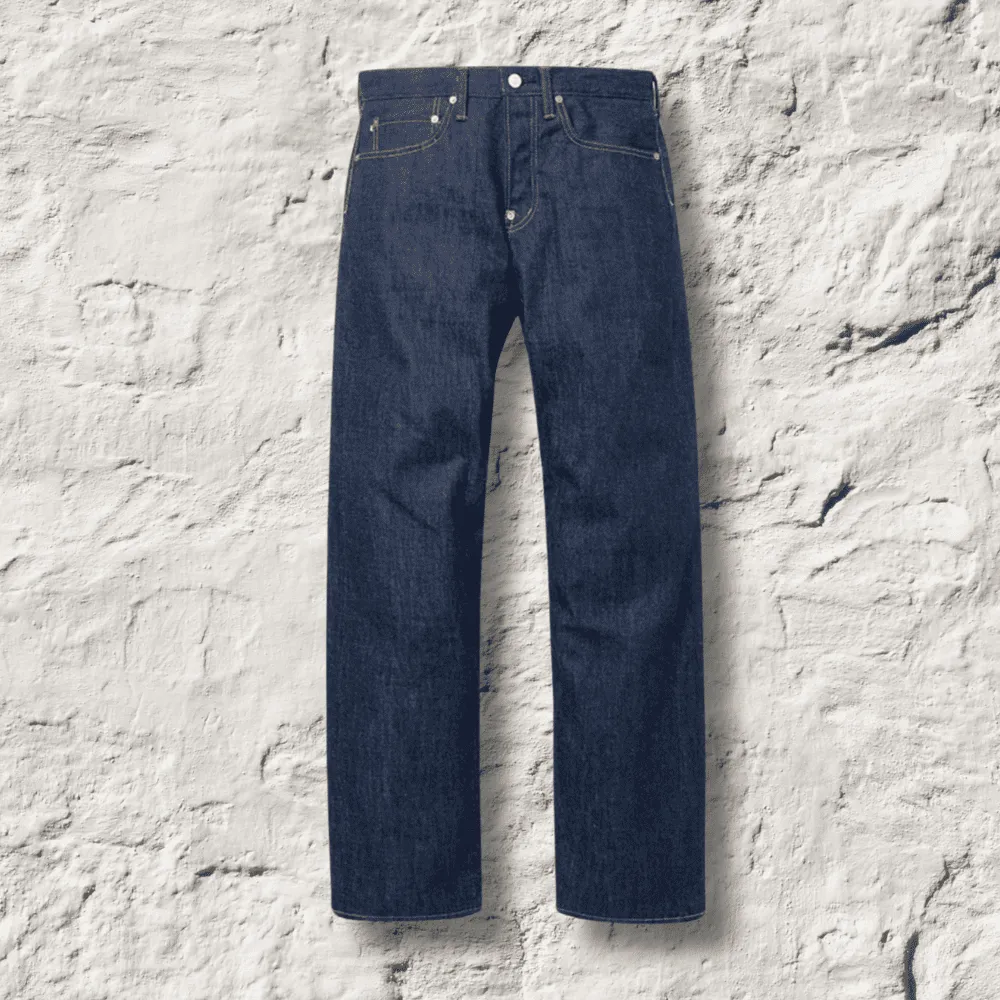
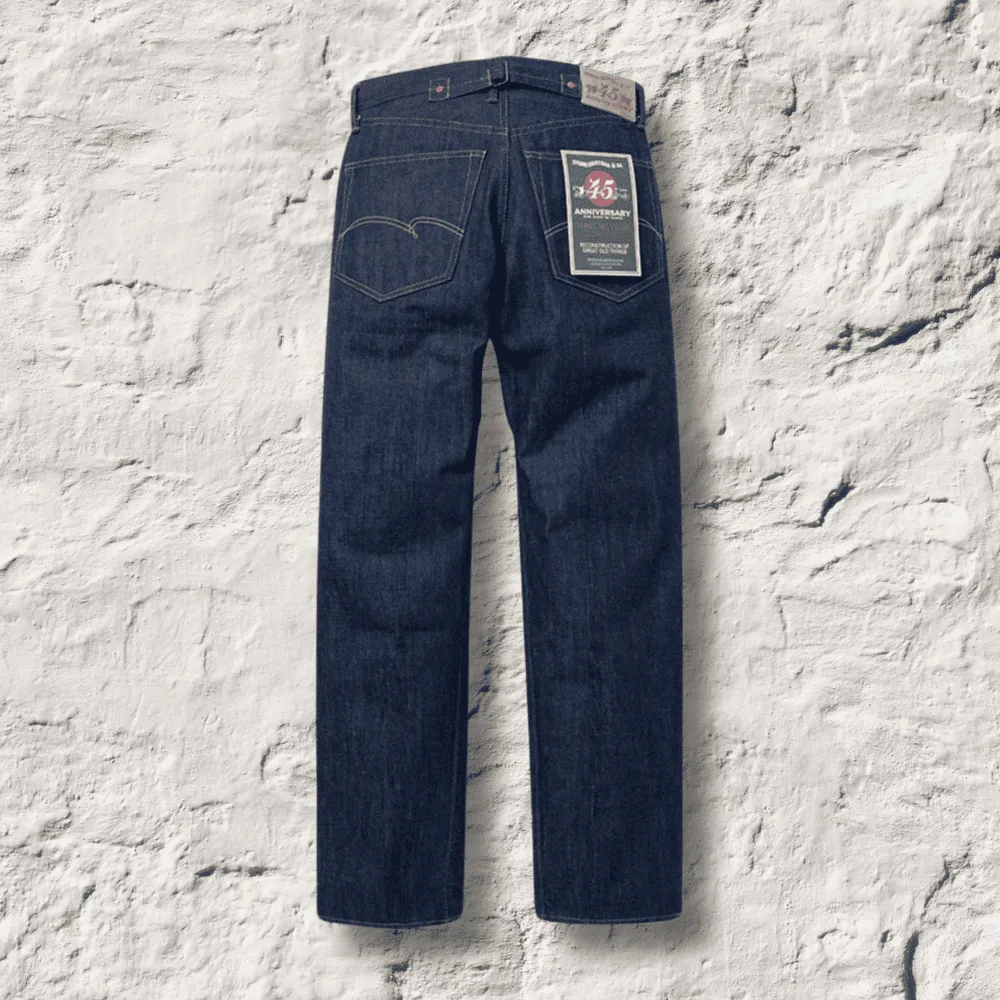
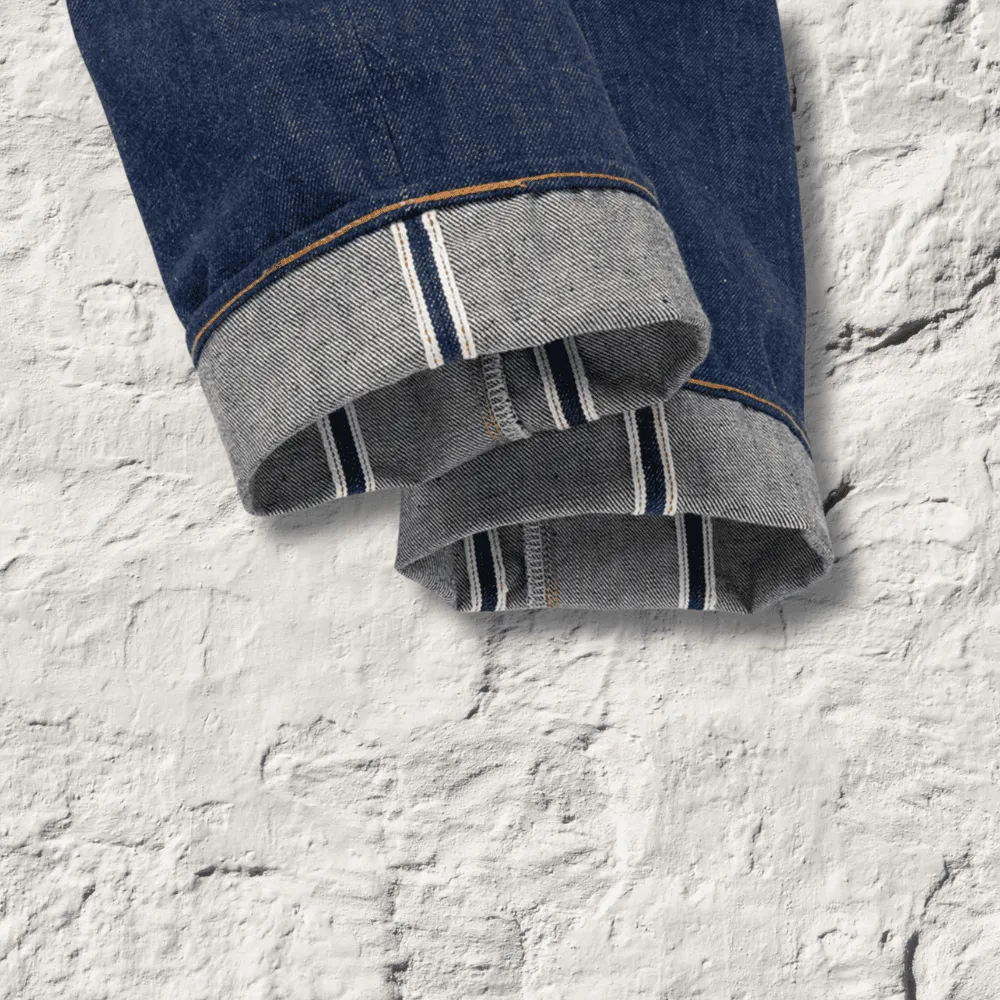
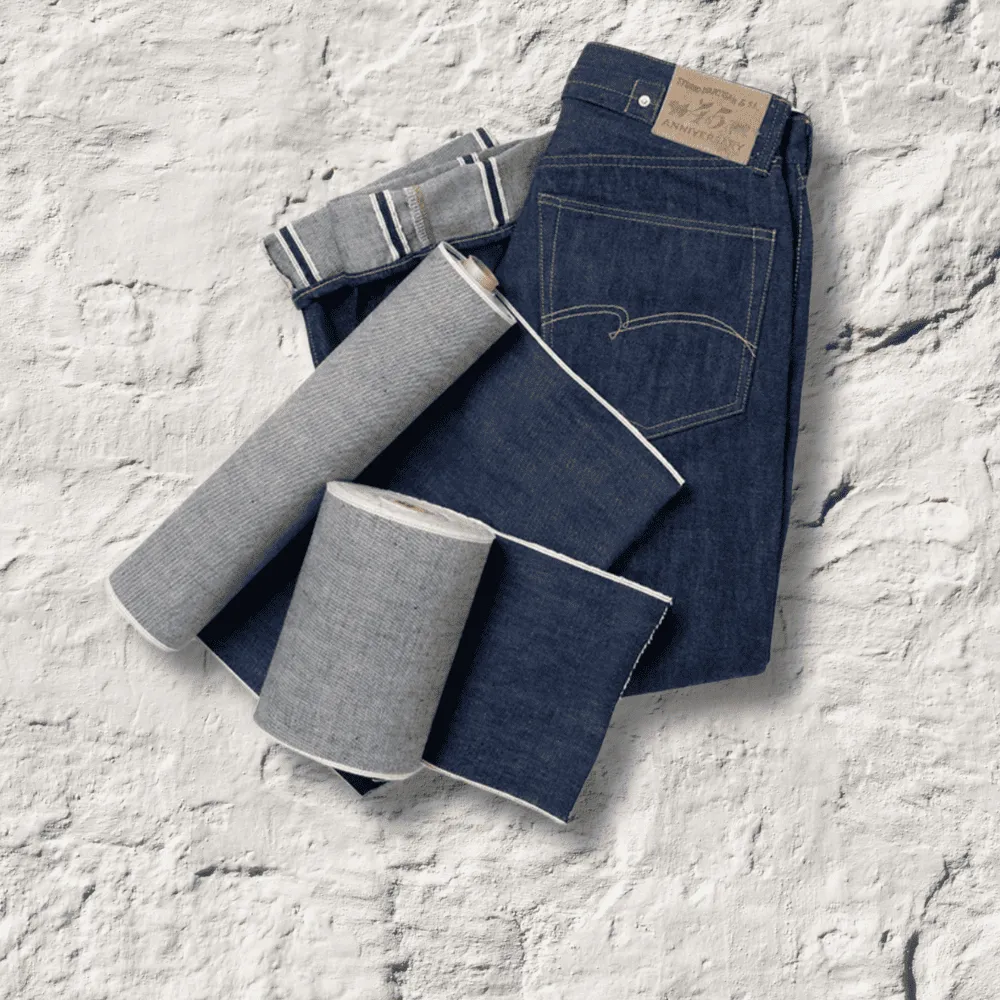
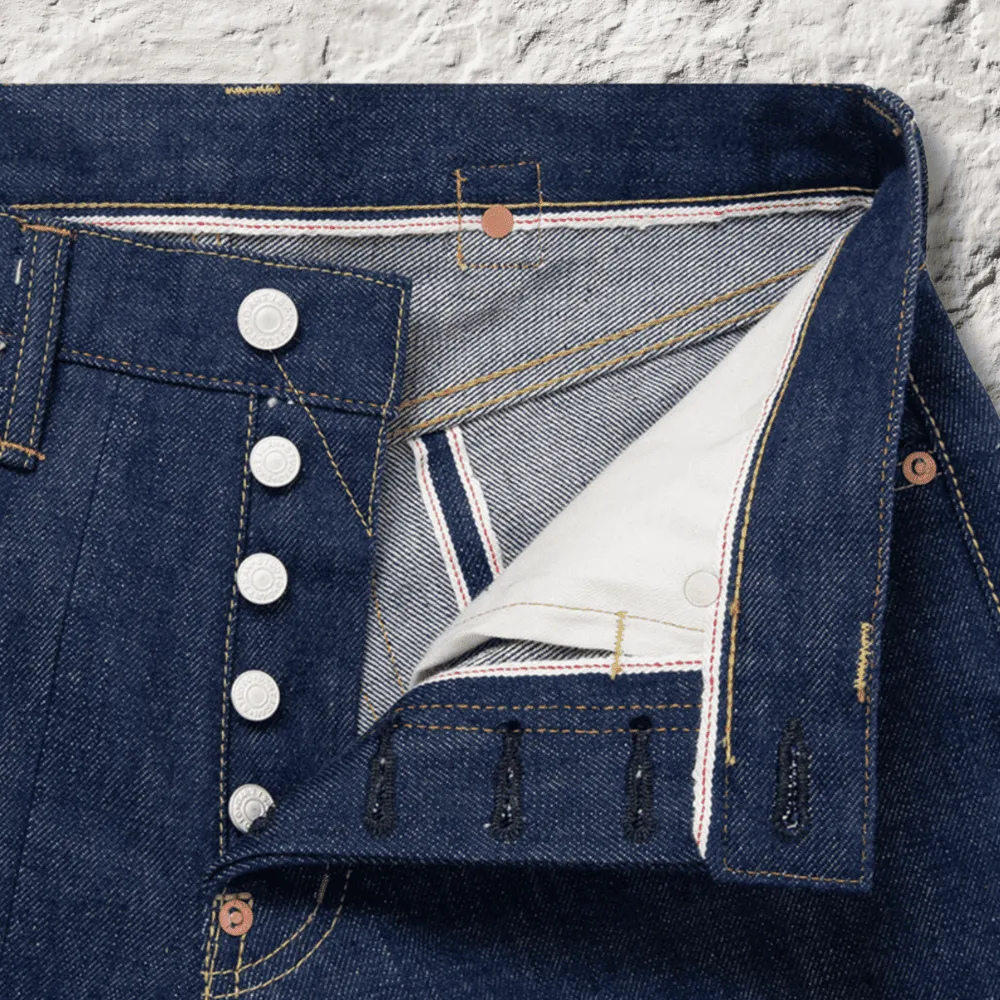

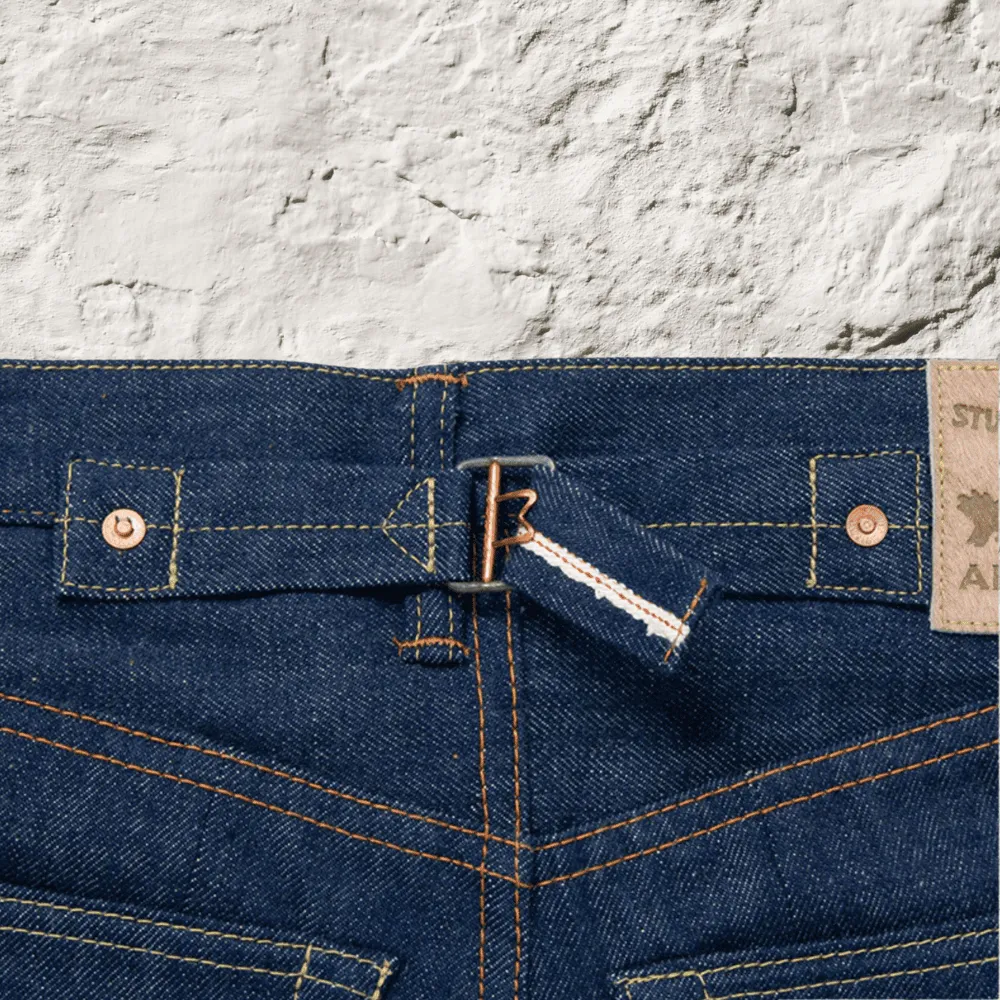
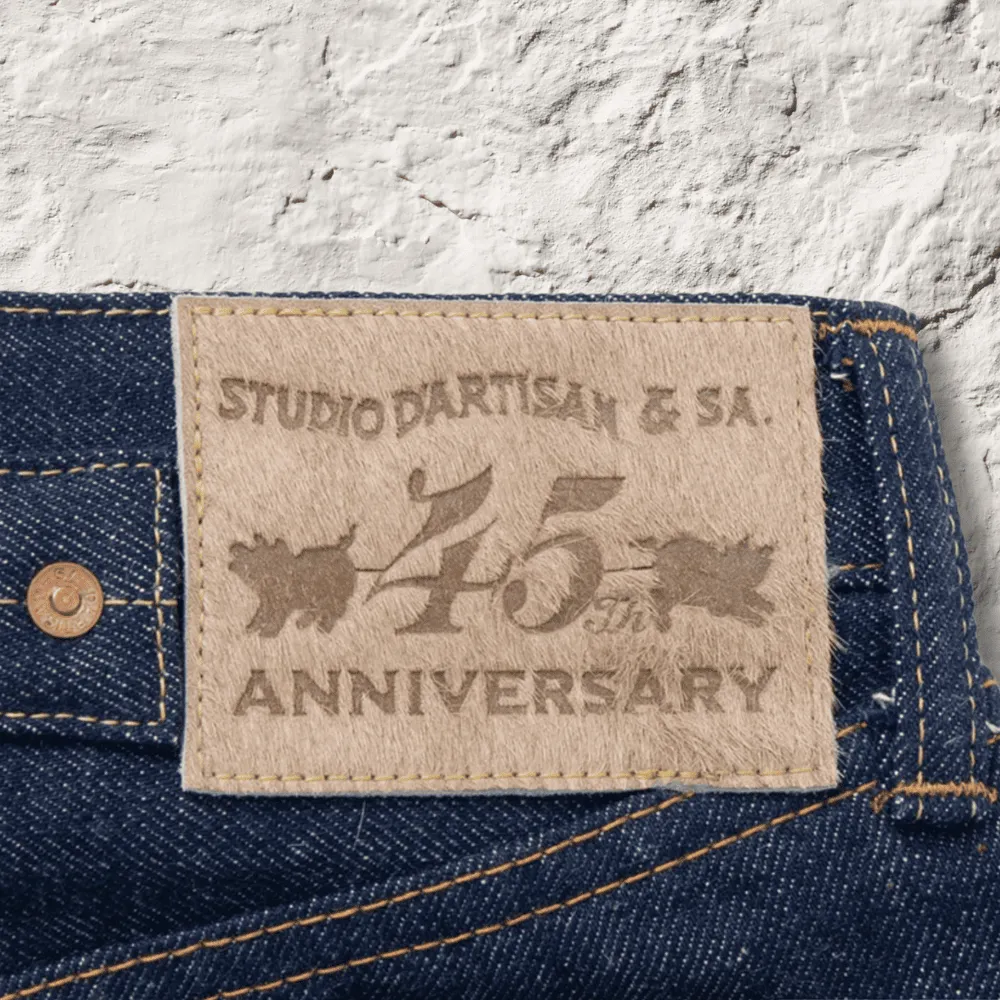
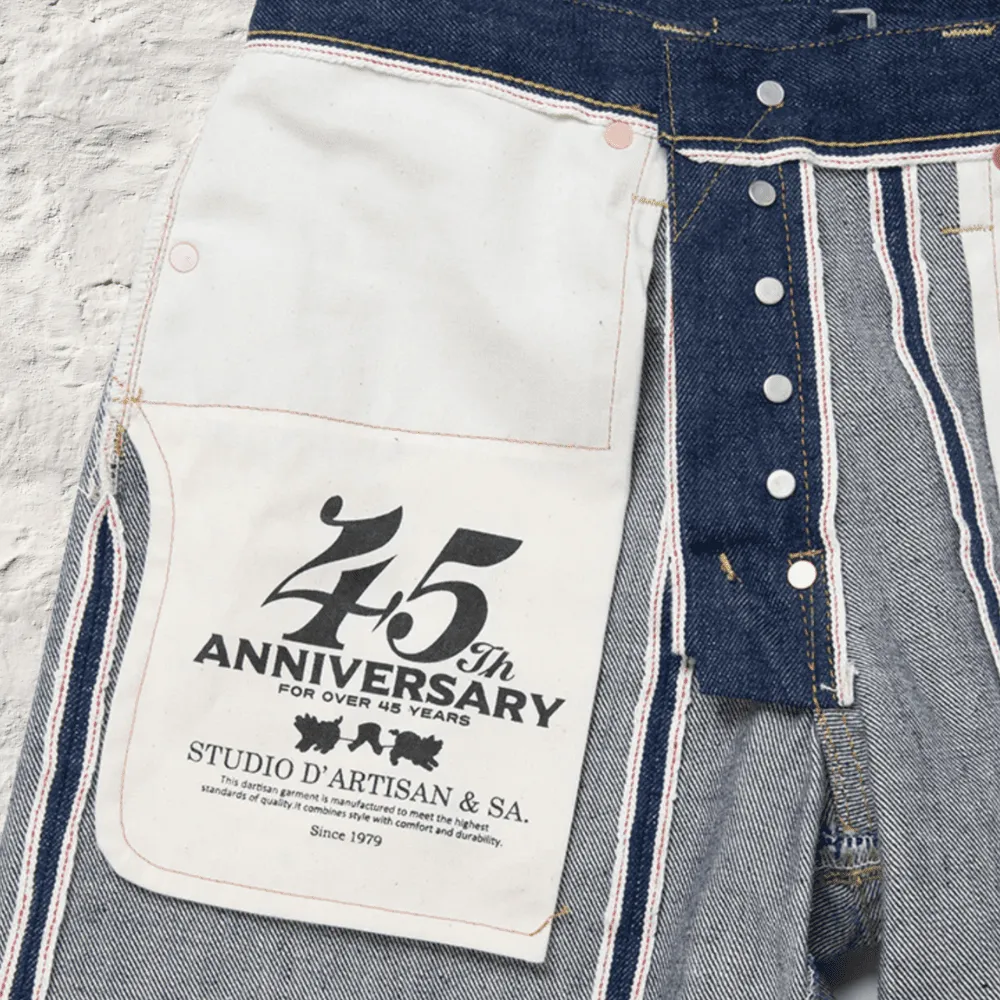
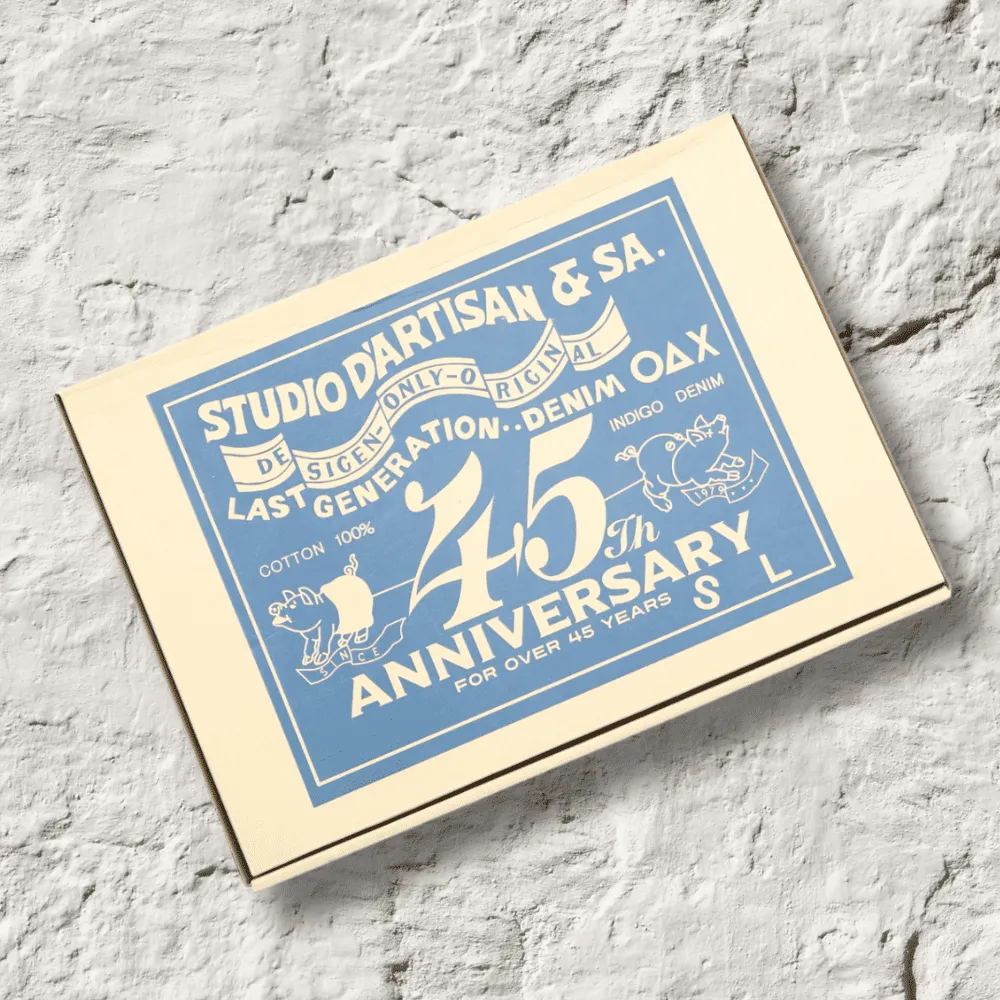
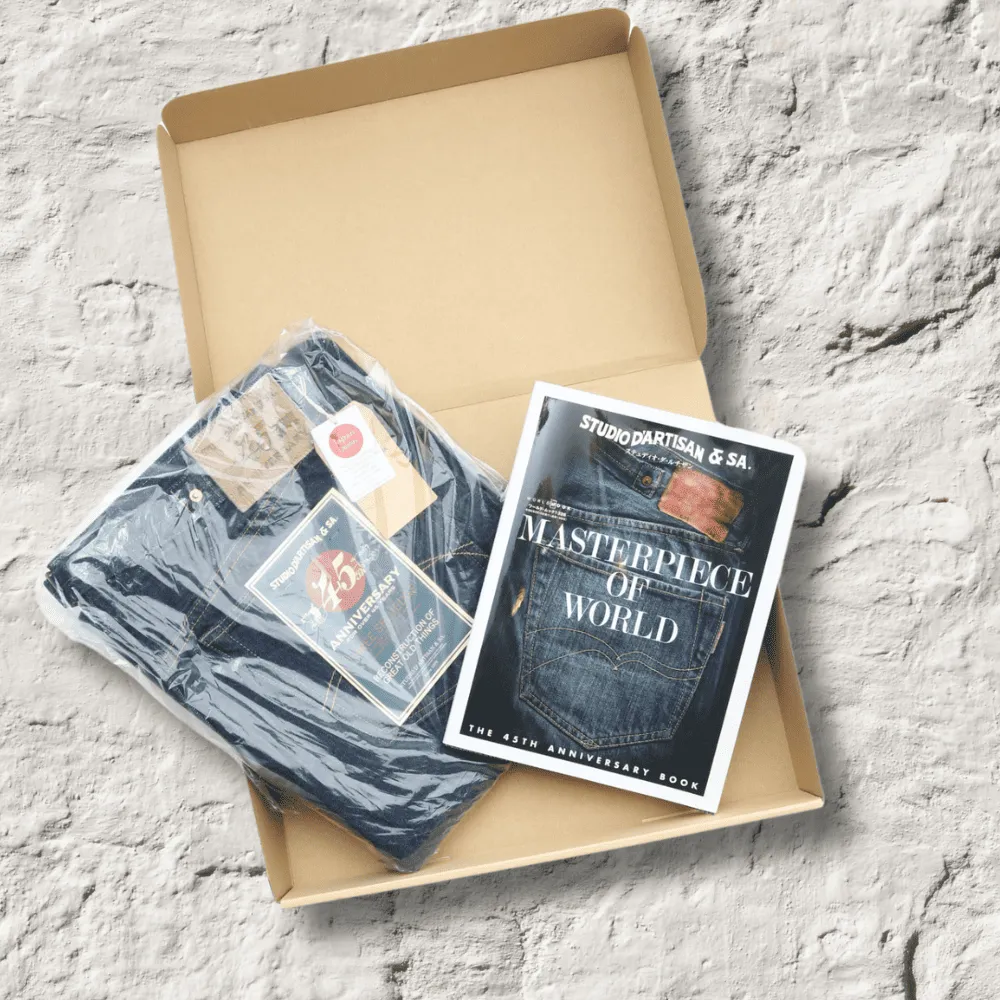
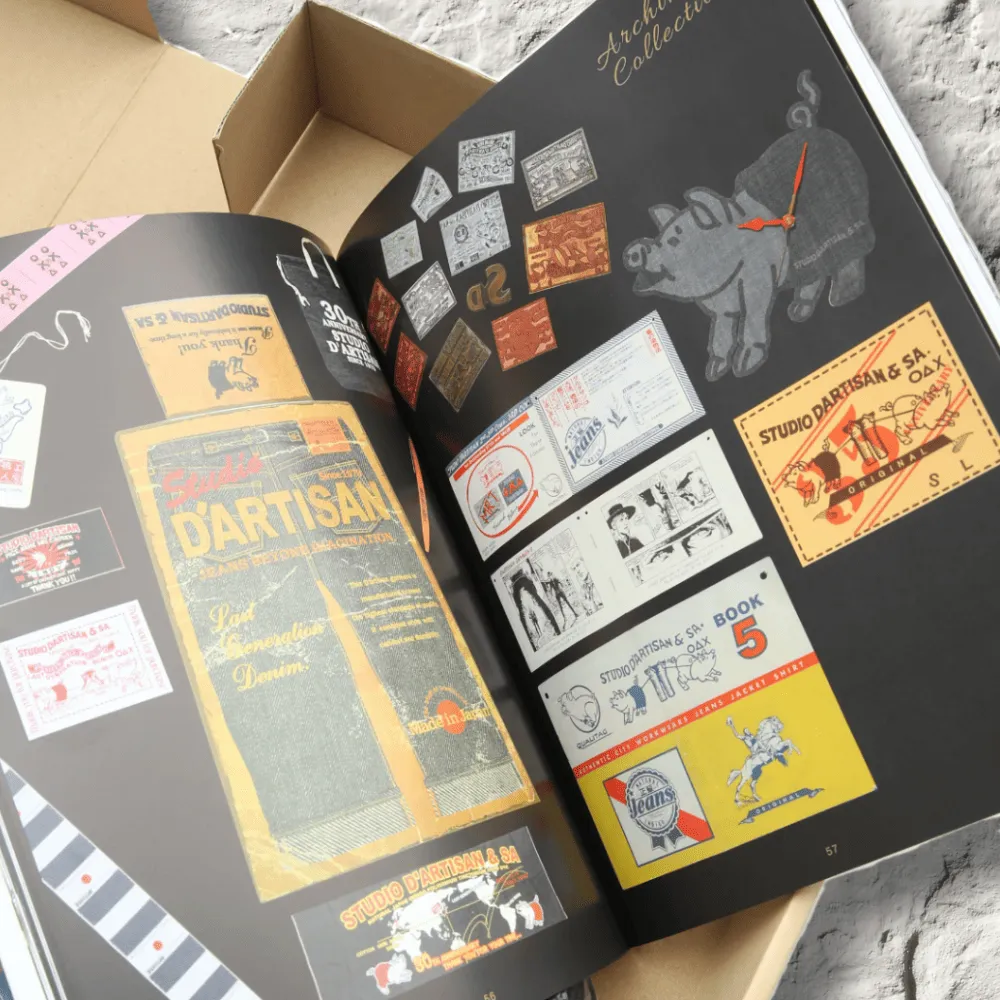
The denim used for the anniversary jeans is 15oz and comes from reproduced yarn used in the original D-O1. It’s dyed in Tokushima using naturally produced indigo, a tradition that makes the prefecture famous in Japan’s history. The dyeing process is an art in itself and has evolved over 700 years.
The limited edition jeans come with a button fly, a back cinch and a ’hair on’ leather patch. Pre-rinsed to prevent shrinkage and sold in a presentation box with a booklet depicting 45 years of Studio D’Artisan’s designs.
Back last year when the jeans were released they were a retailing for around $800, Selvedge.com still had availability last time I checked...
I have no affiliation or commercial connection to any of the brands or companies mentioned on this site.
All content on this site is original unless otherwise stated. In instances where original content could not be provided, a link to the source has been included. If you are the rightful owner of any material featured here and would like it removed, please contact me at:
